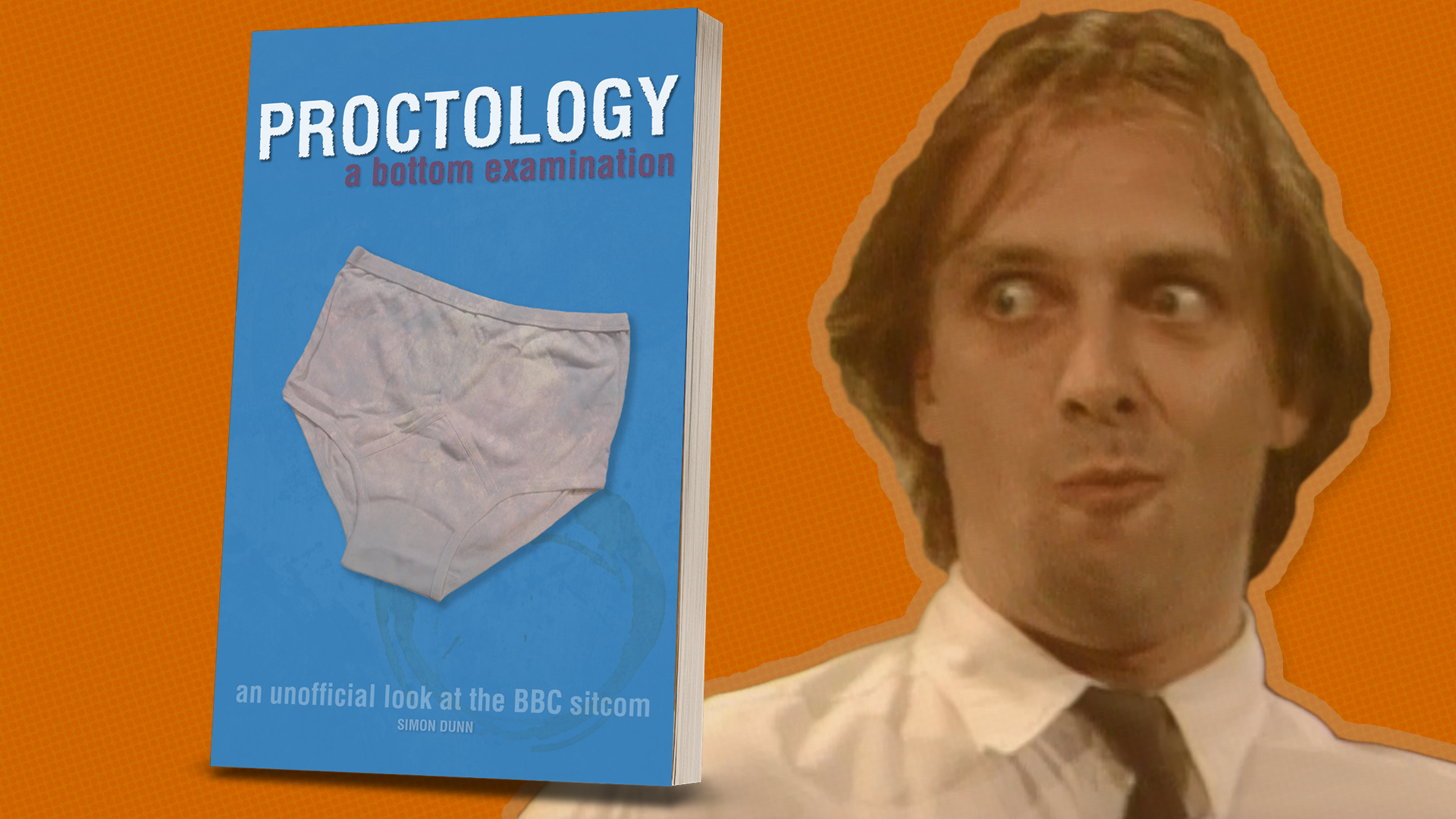When I was asked by a class to give an example of a well-structured screenplay, they laughed when I said Rocky III.
It wasn’t a joke.
So I drew them a picture of the plot structure, and showed them how elegant it was, how sub-plots informed the main plot, and how each act transition came at just the right moment. Testament to the power of its structure is that an audience will walk away from it as happy as Rocky was at the end.
In fact, all of the Rocky films are worth studying for their three-act structures, their use of scenes of preparation and aftermath, for the way they tell story with visuals, and for their punching. Even if you hate boxing, which I do, it’s impossible to hate Rocky and hate the films. He is a brilliantly drawn character – so much so that people confuse him with Sylvester Stallone – and each film has him with a clear desire, a clear nemesis, and a series of obstacles to overcome.
And just in case you don’t think those things are enough to drive a well-rounded story, have you seen The King’s Speech?
It’s Rocky with a stutter.
Beat for beat.
The original Rocky was nominated for the Oscar Best Picture, and now the remake with Colin Firth has been too. They just left out the boxing. And substituted it with speech-making.
Don’t believe me?
Watch it and prove me wrong.
Also, Rocky has the best advice any writer could ever need when faced with rejection letters.
That’s an artist talking from the heart.
With a slur.
There’s a film in that.














